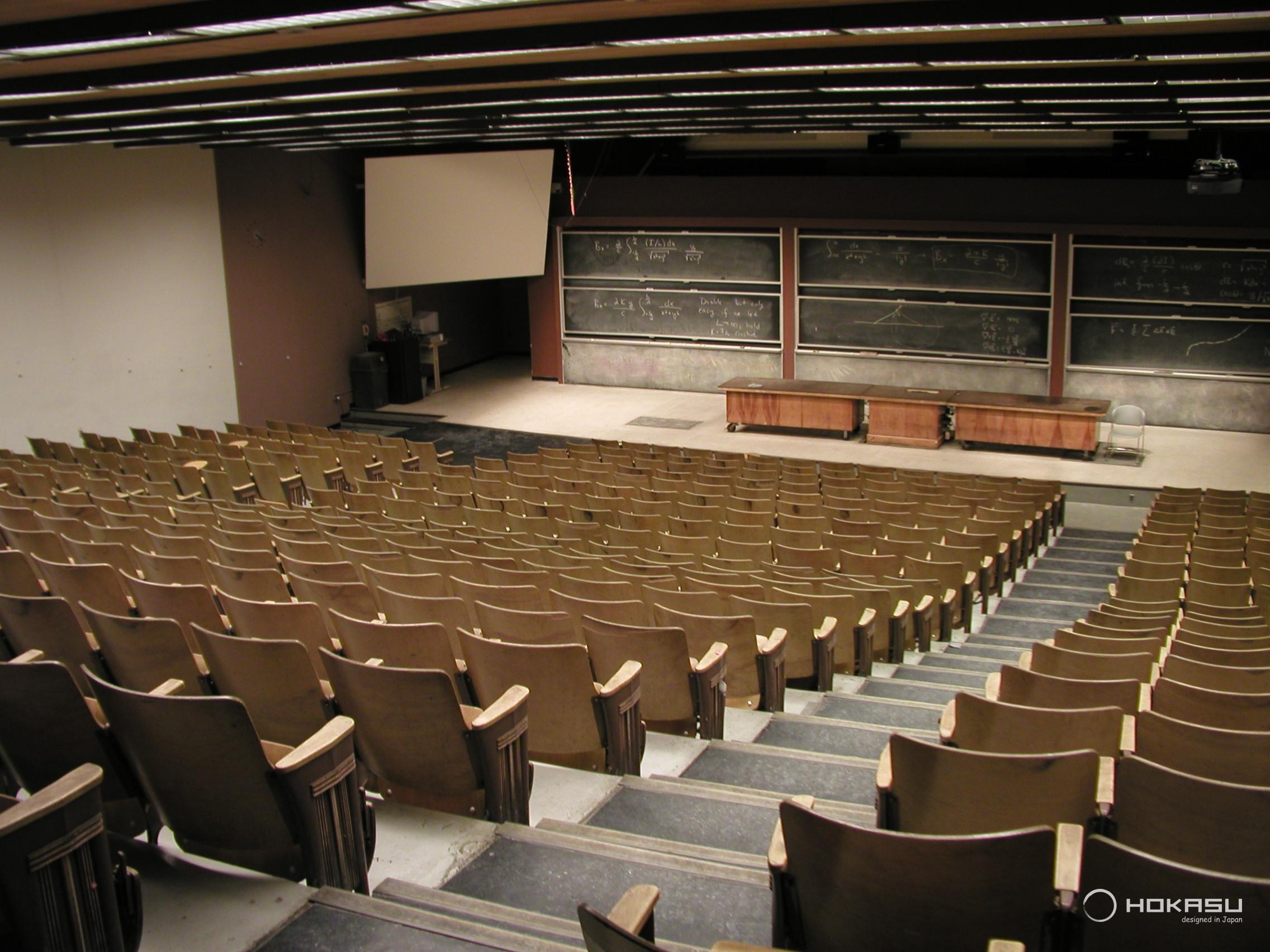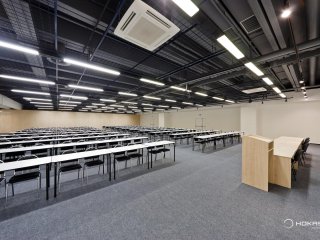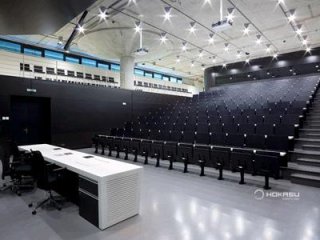Cookies are used for optimal website experience.

Educational institutions lighting
The perception of information by students, the performance of teachers and the safety of staying at the facility directly depend on how well lighting is organized in an educational institution. HOKASU experts will help you prepare the project correctly, select the necessary LED equipment for classrooms and other rooms, and ensure the optimal placement of artificial light sources.
Goals and objectives of lighting for schools
The main goals and objectives in preparing a lighting project for the school are as follows:
- creating comfortable conditions for students and teaching staff to stimulate activity, better perception of the material;
- ensuring the efficiency and cost-effectiveness of lighting (the proper degree of illumination with minimal costs for the purchase and installation of appliances, as well as paying for electricity);
- guaranteeing the safety of being at the facility (development of an emergency lighting project at school).
Basic principles of organizing school lighting
The issues of lighting classes and audiences in educational institutions of general, primary, secondary and higher levels are strictly regulated. The development of the project is carried out taking into account the standards and requirements that are prescribed in SP 52.13330.2011 "Natural and artificial lighting" (Appendix K). Artificial lighting is optional, not primary. In the case of schools and other institutions working in the field of education, natural light must be ensured without fail.
According to current requirements, the illumination indicators for schools are as follows:
- 500 lux - blackboard area in classrooms and classrooms of special disciplines;
- 400 lux - student tables, laboratories;
- 300 lux - workshops, teachers' rooms, assembly hall;
- 200 lx − sports halls, cinema audiences;
- 150 lx − territory of indoor swimming pools, recreation.
Other regulations also apply.
Thus, the light pulsation coefficient in schools should not exceed 10%, with the exception of gyms and indoor swimming pools, where 20% is allowed.
In addition, a balance must be struck between horizontal and cylindrical illumination.
This is especially important for lighting classrooms in a school where a demonstration of any volumetric objects is being held.
The optimal ratio of E/Egc=1.6-3.0.
In addition to Russian, pan-European standards have been developed. They are spelled out in EN 12464-1 (2011) “Light and lighting.
Workplace lighting. Part 1: Interior lighting of workplaces. Although slightly, these norms differ from Russian ones.
So, for example, they indicate that an indicator of 750 lux should be provided in art studios and classrooms where drawing classes are held.
Lighting of classrooms in a school should be built in such a way that glare does not appear on surfaces.
It is imperative to fulfill this requirement in rooms where computers or other equipment that has a monitor are installed.
The placement of LED-lamps directly depends on the specifics of natural light (one-sided or two-sided).
Appliances should be installed parallel to a wall that has windows.
The distance is approximately 1.2 m from the opening and 1.5 from the inner wall.
Good visibility at any point of the class is ensured by the presence of light sources that belong to the category of "oblique light" (directional devices).
They are mounted in front of the board, should be 0.3 m above its upper edge, placed at a distance of 0.6 m towards the rows of desks.
Assembly hall lighting should be dimmable to create a blackout when watching movies or educational videos.
Separate lighting should be provided for evacuation in case of an accident. A separate project is created for it.
It is important to ensure its quick start when the main light is turned off and fault tolerance.
Features of choosing equipment for schools
The ideal solution for schools would be to use LED fixtures that create a uniform diffused light and can operate on a voltage of 4-12 V.
Preference is given to products that give warm or neutral white light with a color temperature of 3000-4500 K, color rendering index - from Ra80.
If we are talking about drawing classes, then the temperature is needed at the level of 5000 K.
An important issue when choosing equipment for educational institutions is its energy efficiency.
When developing a lighting project, it is recommended to provide for the installation of devices with a return of 70 lm / W.
At the same time, mercury lamps should be abandoned, because they are potentially dangerous.
The right solution is LED devices. They have high technical characteristics, are economical, safe, affordable.
requirements for LED
Here's how we create awesome lighting
Application
Please leave your application, and we will contact you to discuss all the details of your project.
It's important for us to consider your preferences.
Project
We will develop a unique concept for a comfortable lighting environment.
We will consider various lighting scenarios and convenient control methods.
Approval
We will address all comments and prepare the final proposal.
We will conduct lighting calculations and prepare all necessary documentation for the builders.
Production
We will manufacture cool luminaires with individual characteristics for you.
Carefully packed, we will deliver all equipment to your site.
Author's Supervision
A specialist from our company will consult your builders.
We will ensure that everything corresponds to the project.
From this moment on, you are in the reliable hands of our service team.

